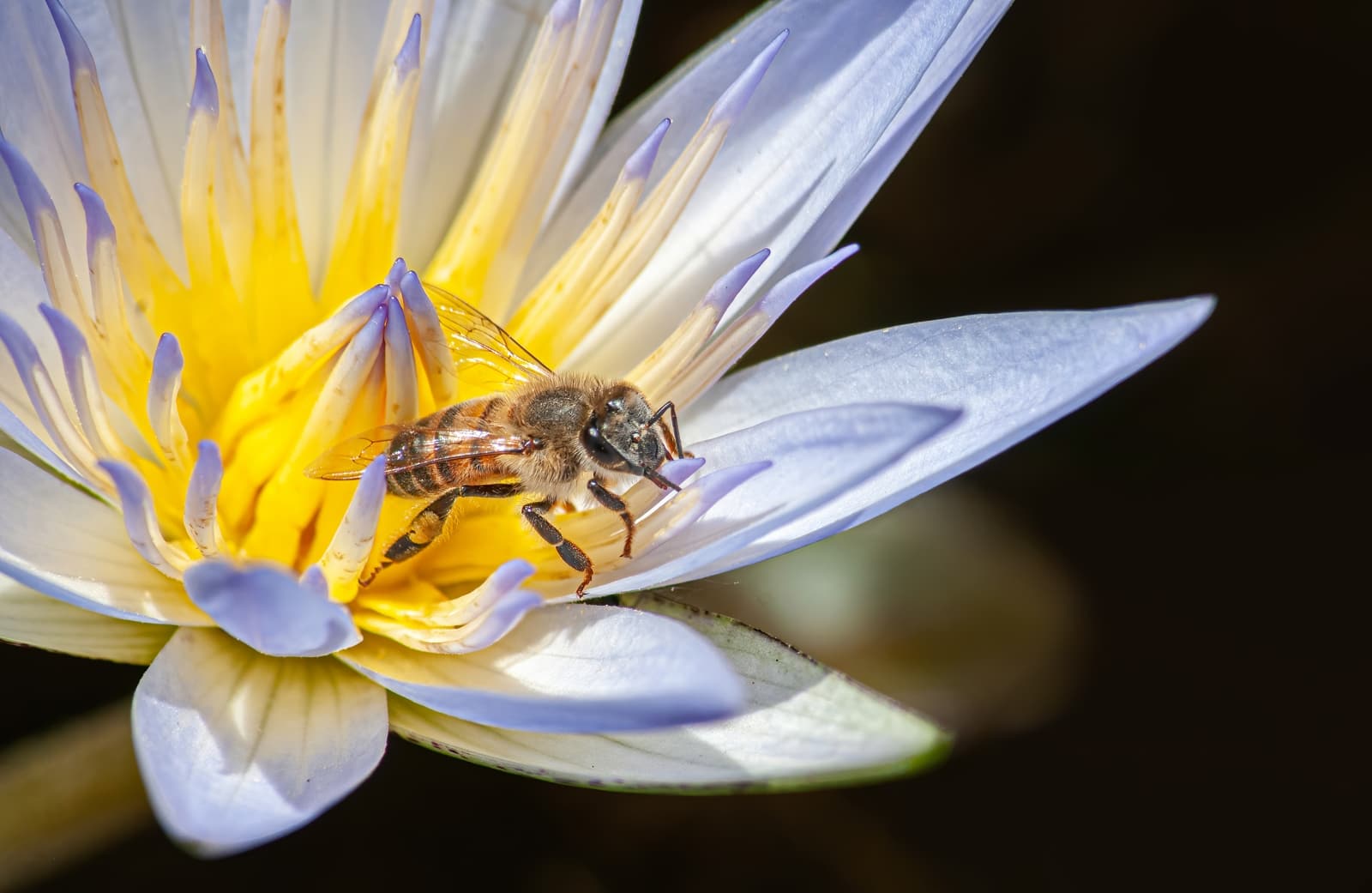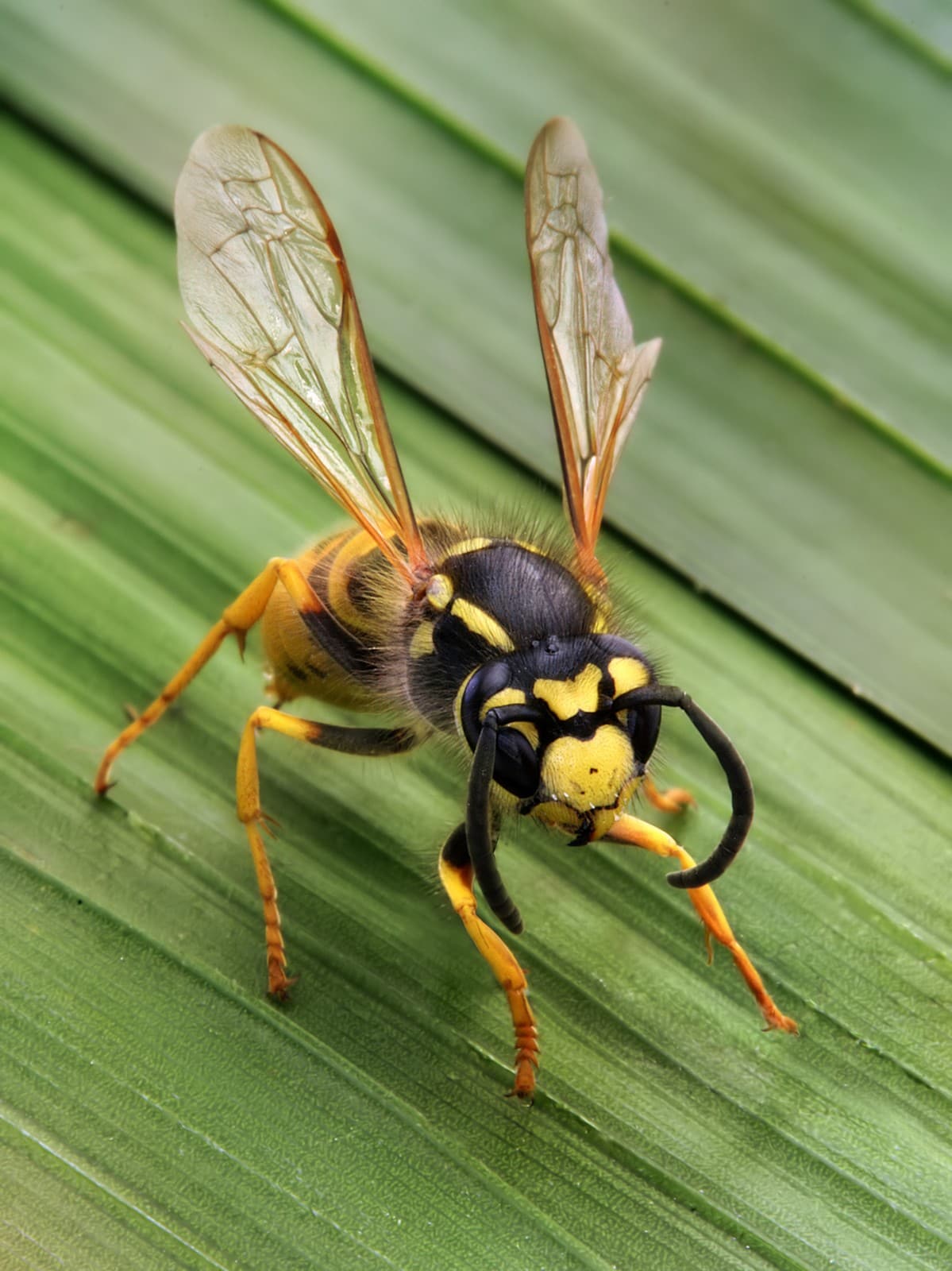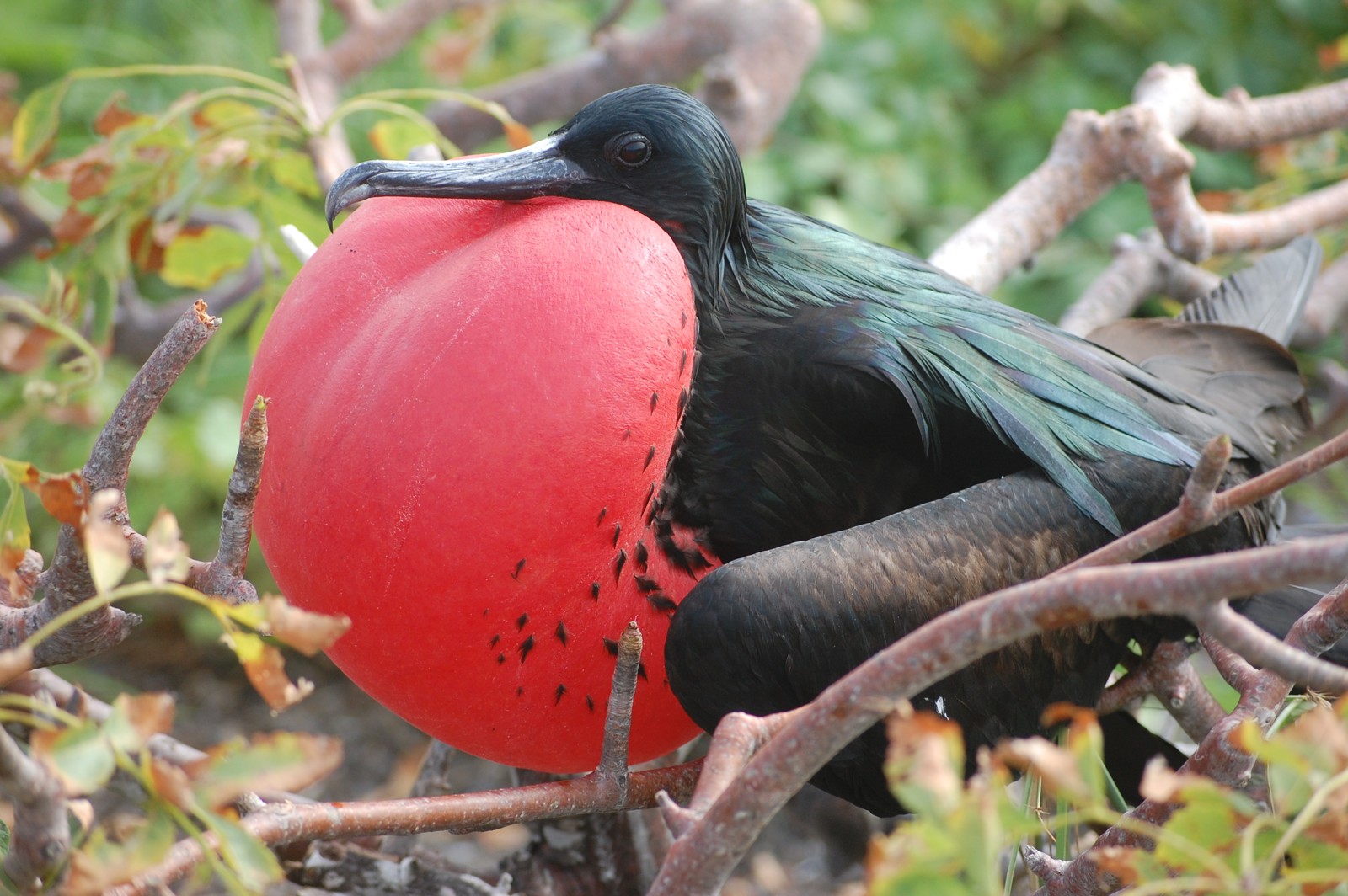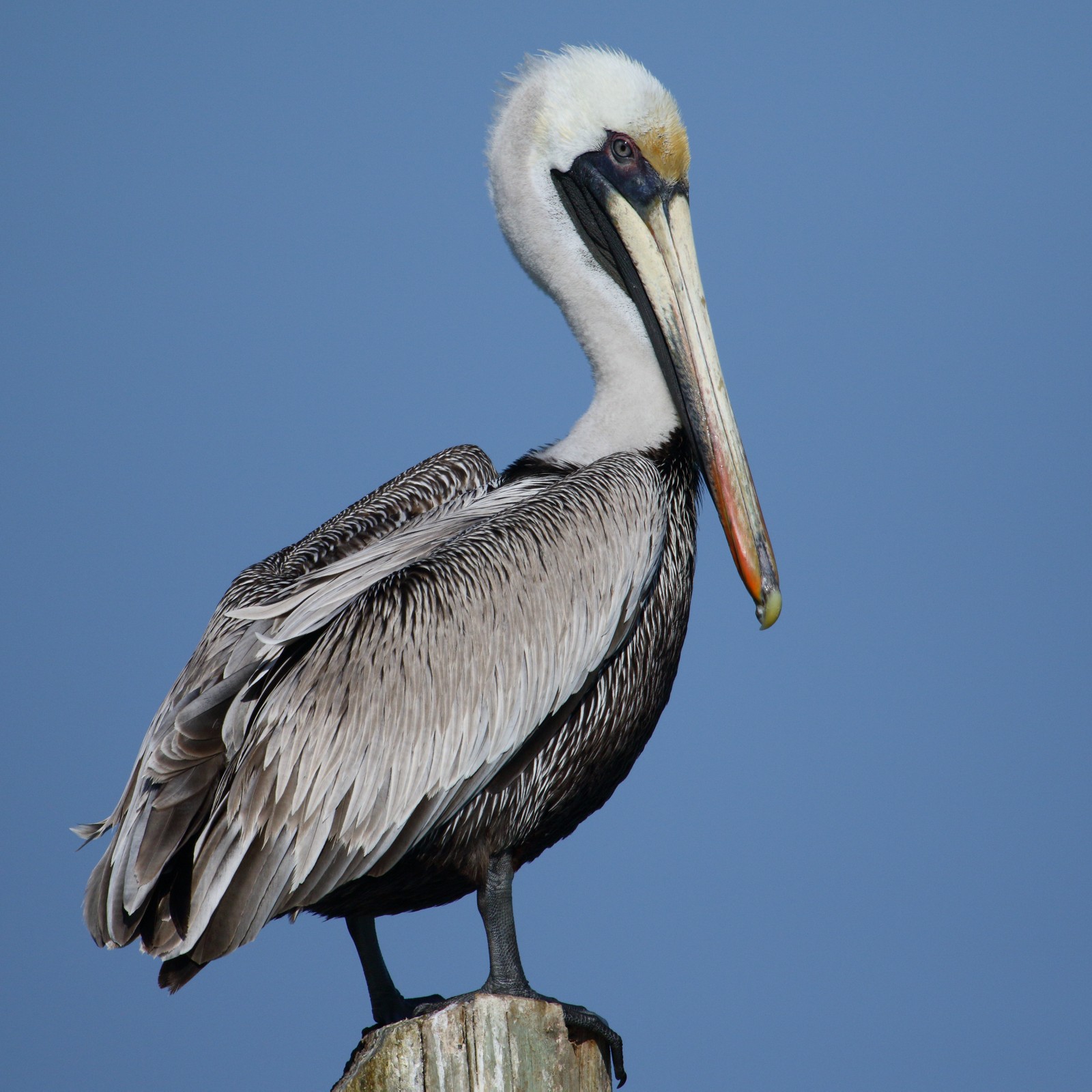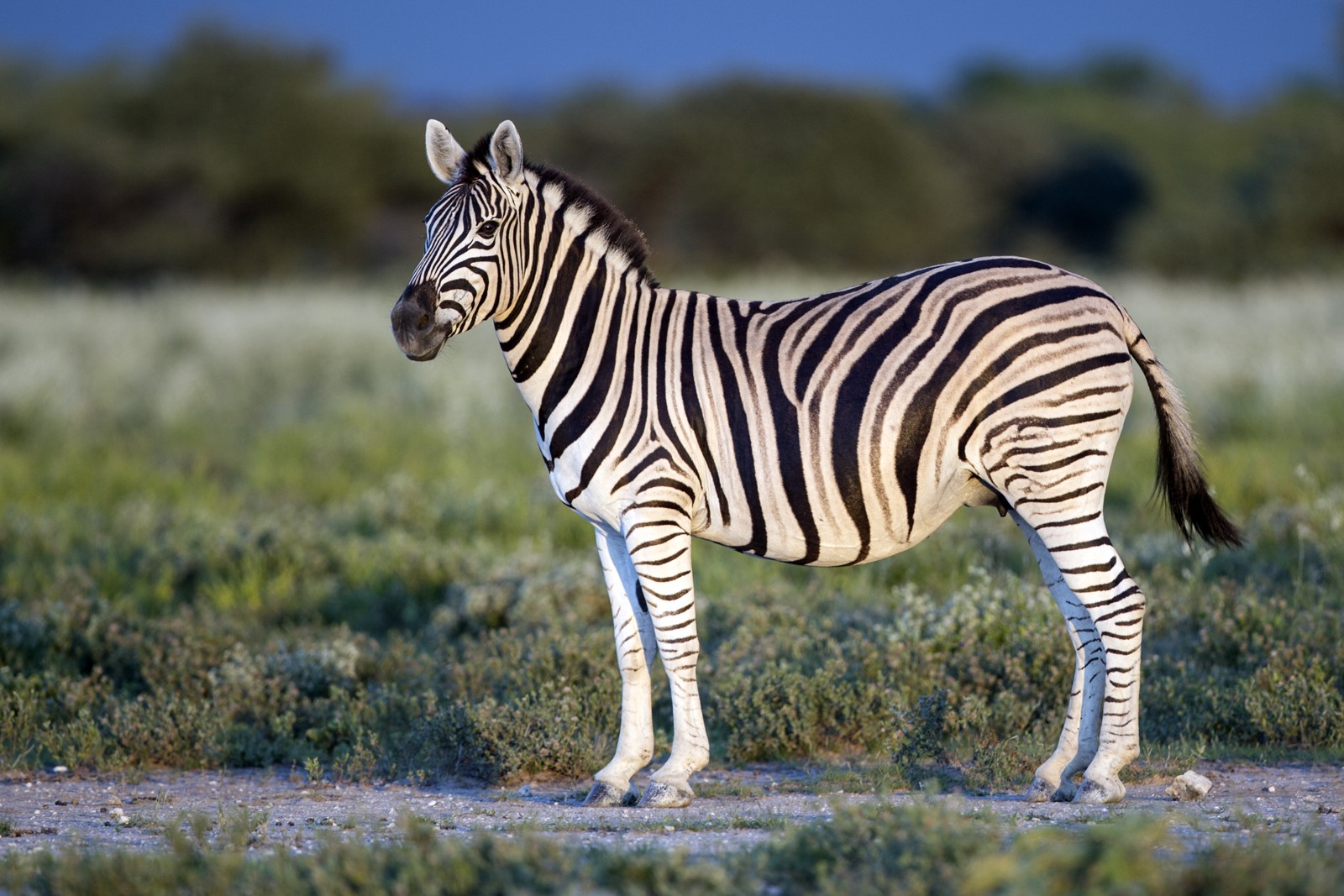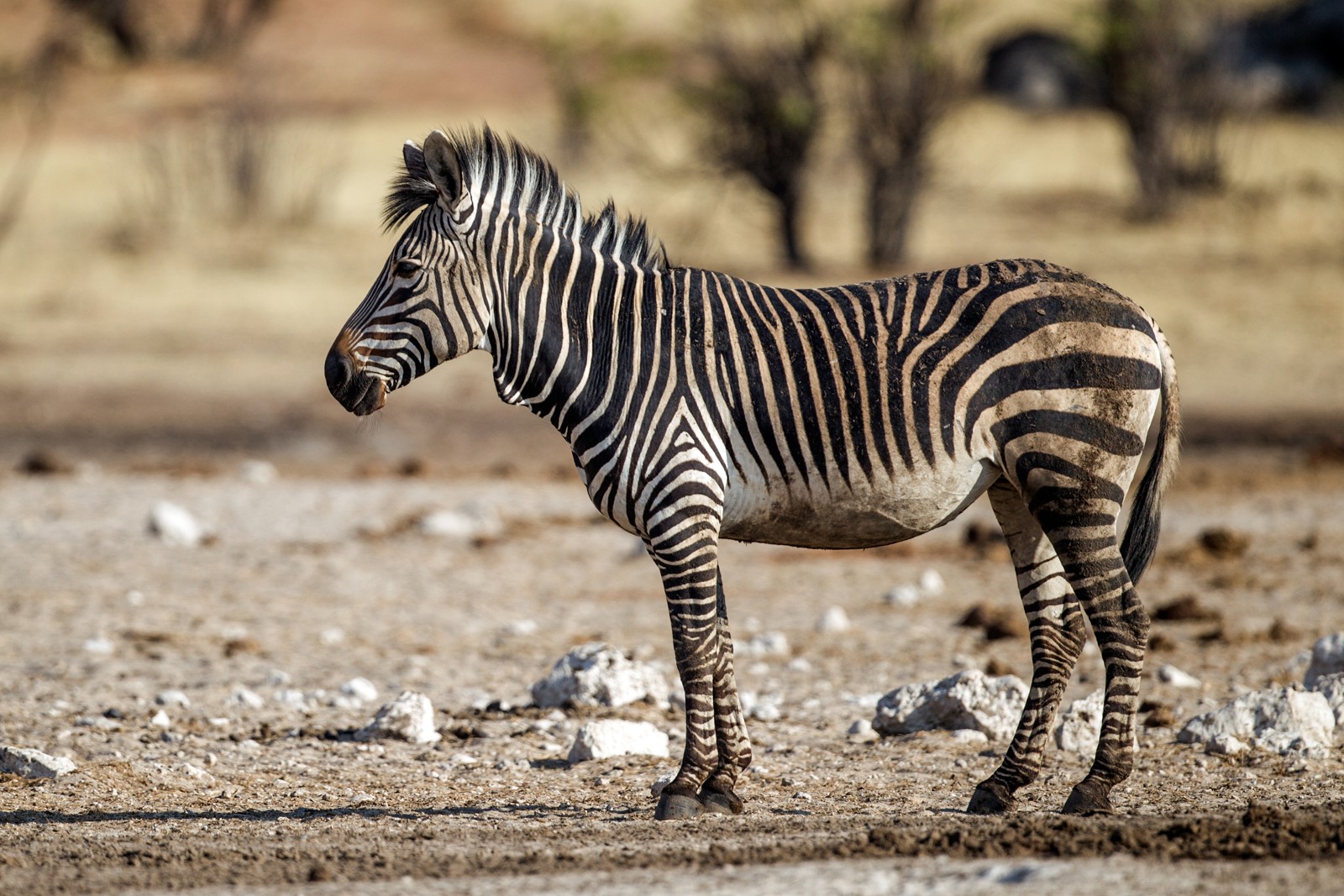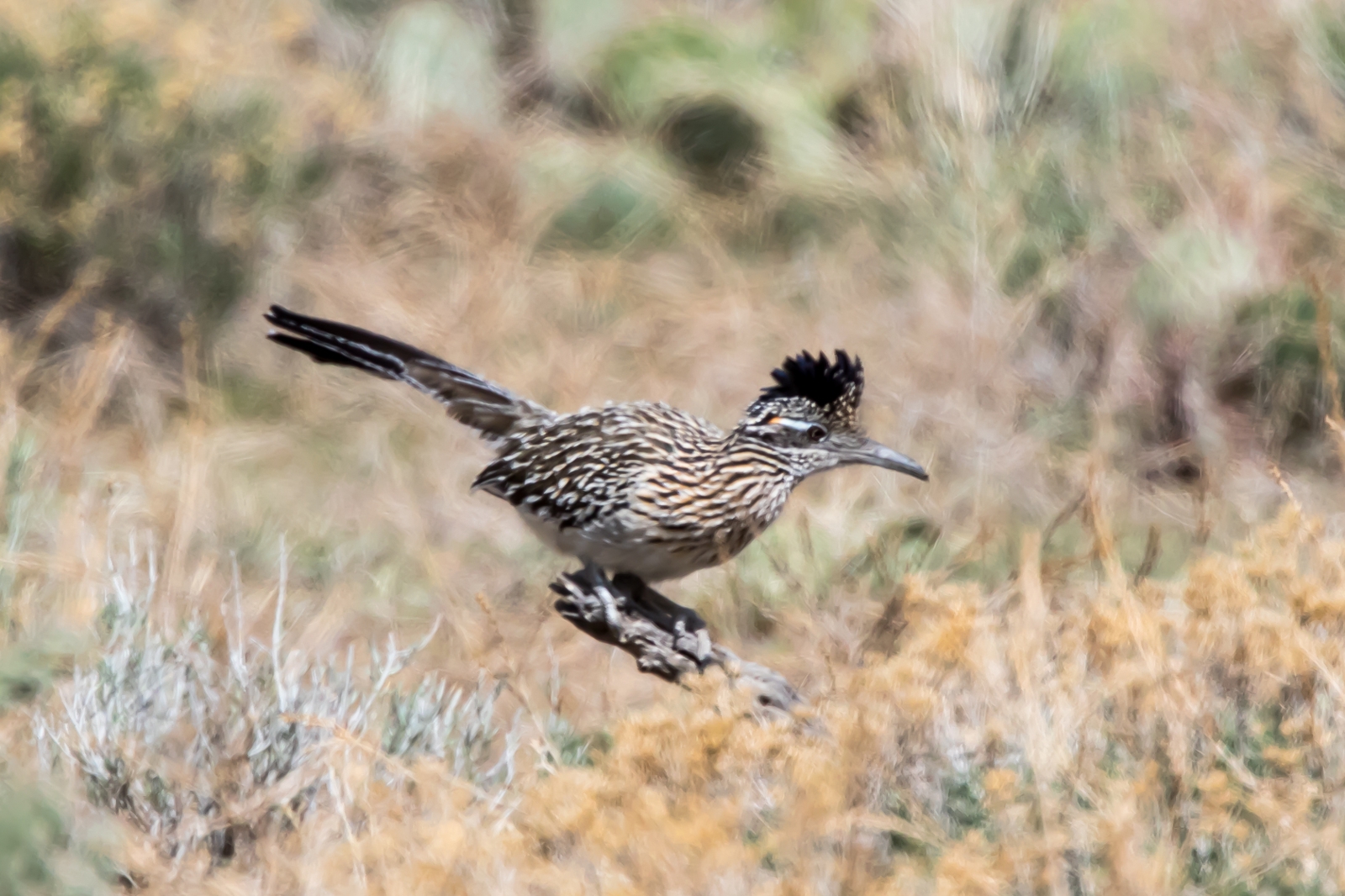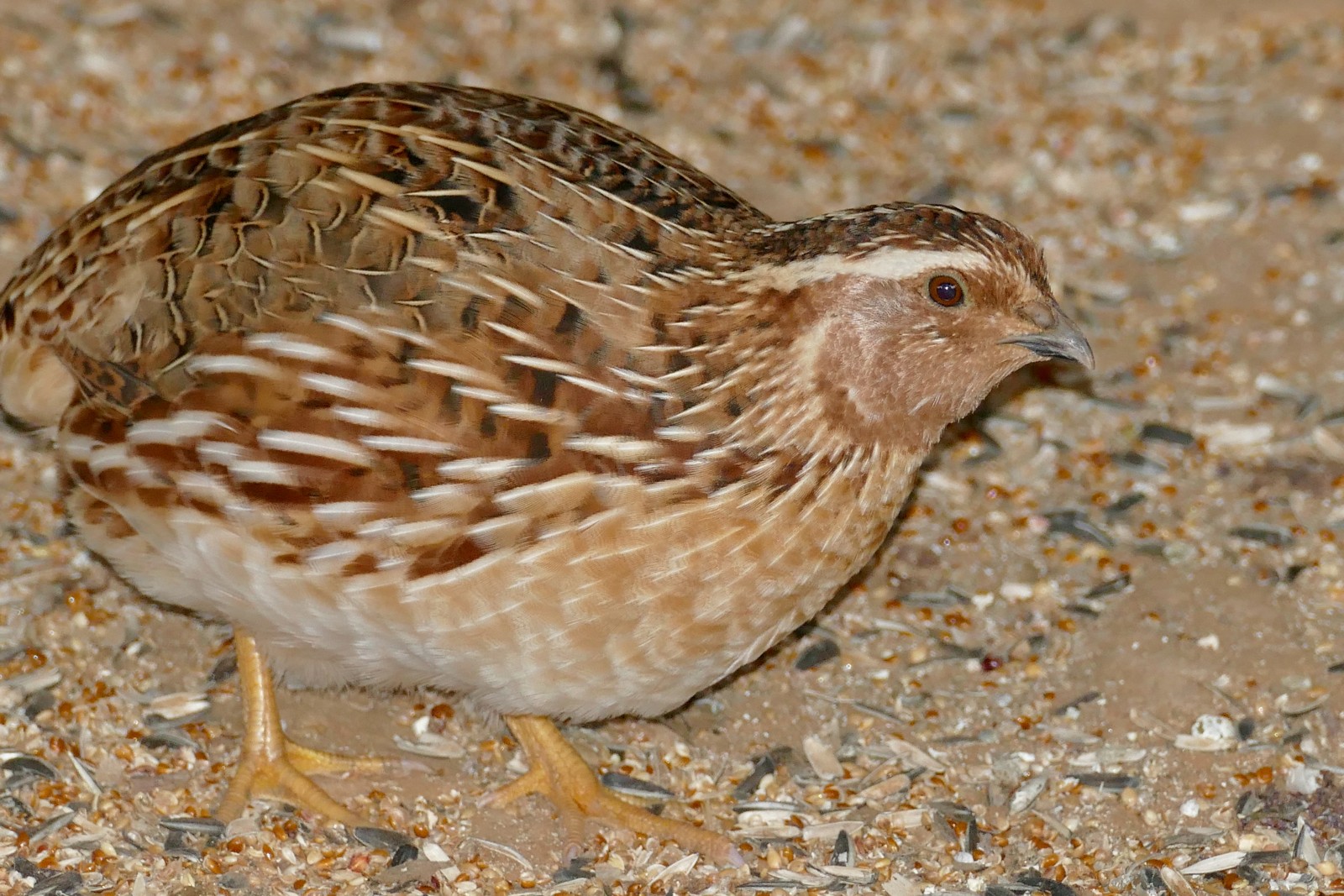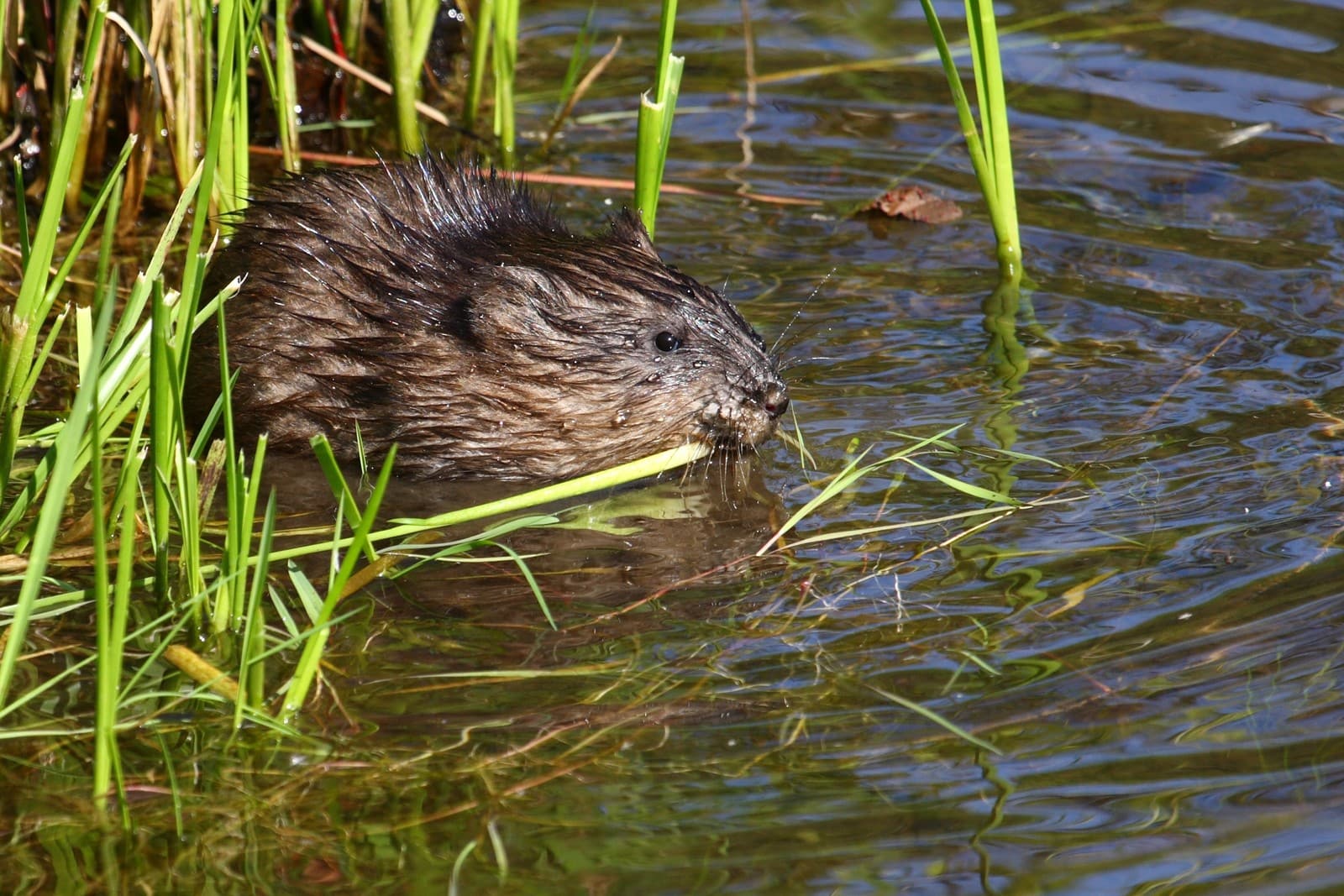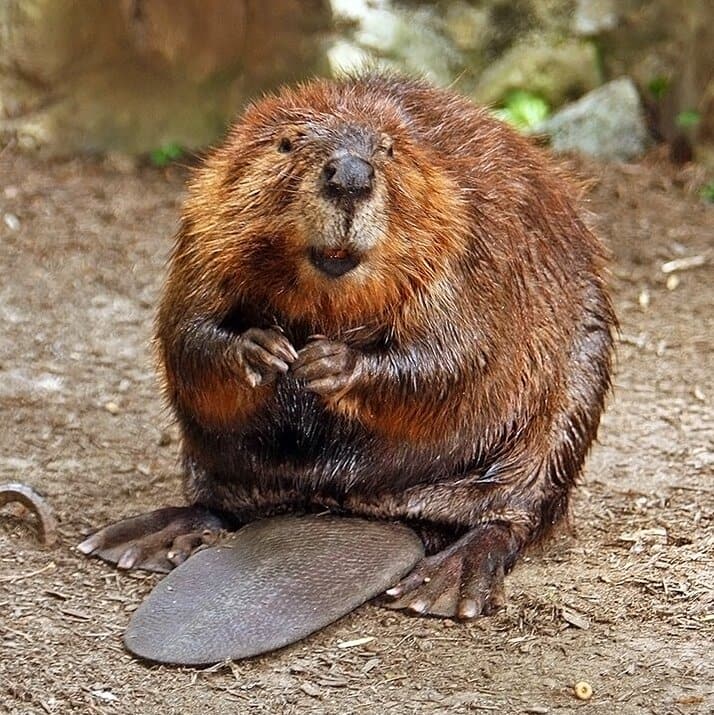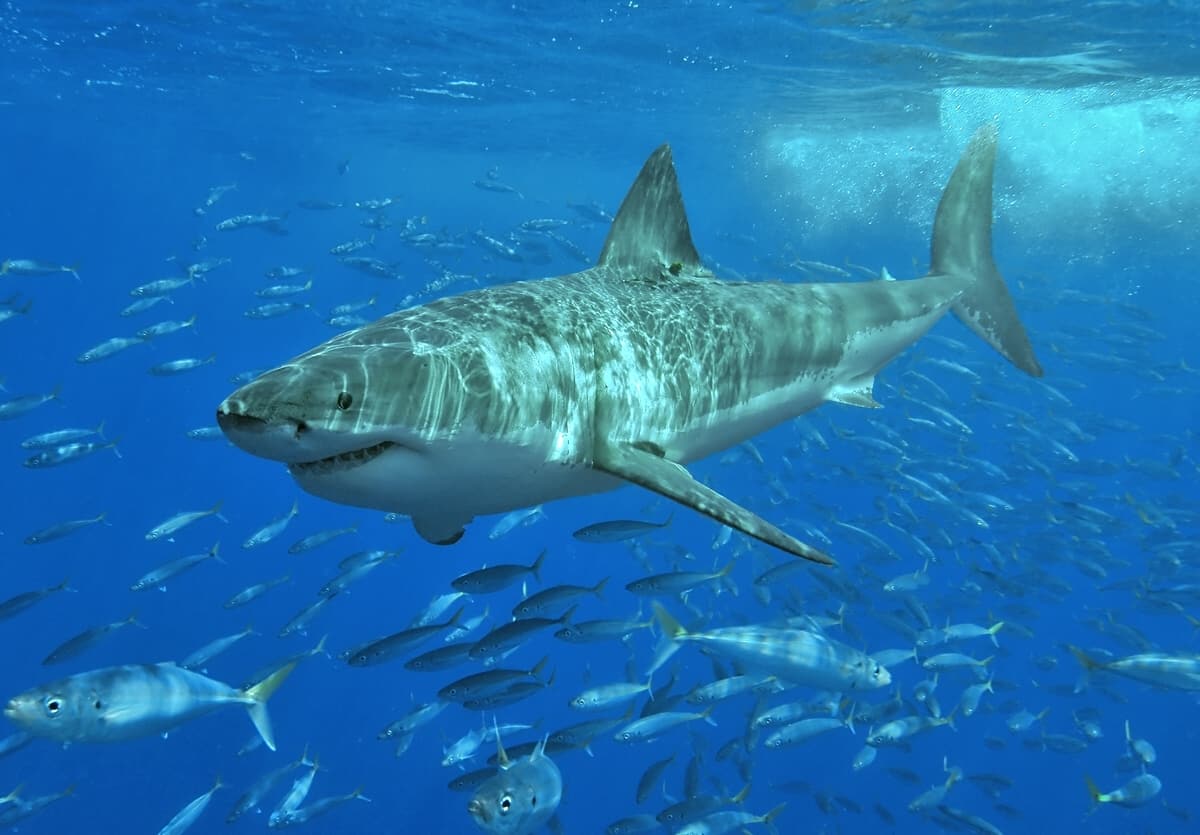Bee vs Hoverfly: A Complete Comparison
In the world of pollinating insects, the bee vs hoverfly comparison often puzzles both gardeners and nature enthusiasts. While these insects may appear similar at first glance, they belong to entirely different orders - bees are members of Hymenoptera, while hoverflies belong to Diptera (true flies). A typical honey bee measures 15mm (0.6 inches) in length, while most hoverflies range from 9-13mm (0.35-0.51 inches).
Understanding the distinction between these beneficial insects is crucial for gardeners and conservationists alike. While both species play vital roles in pollination, their biological characteristics and behaviors differ significantly. Let’s explore these fascinating creatures in detail.
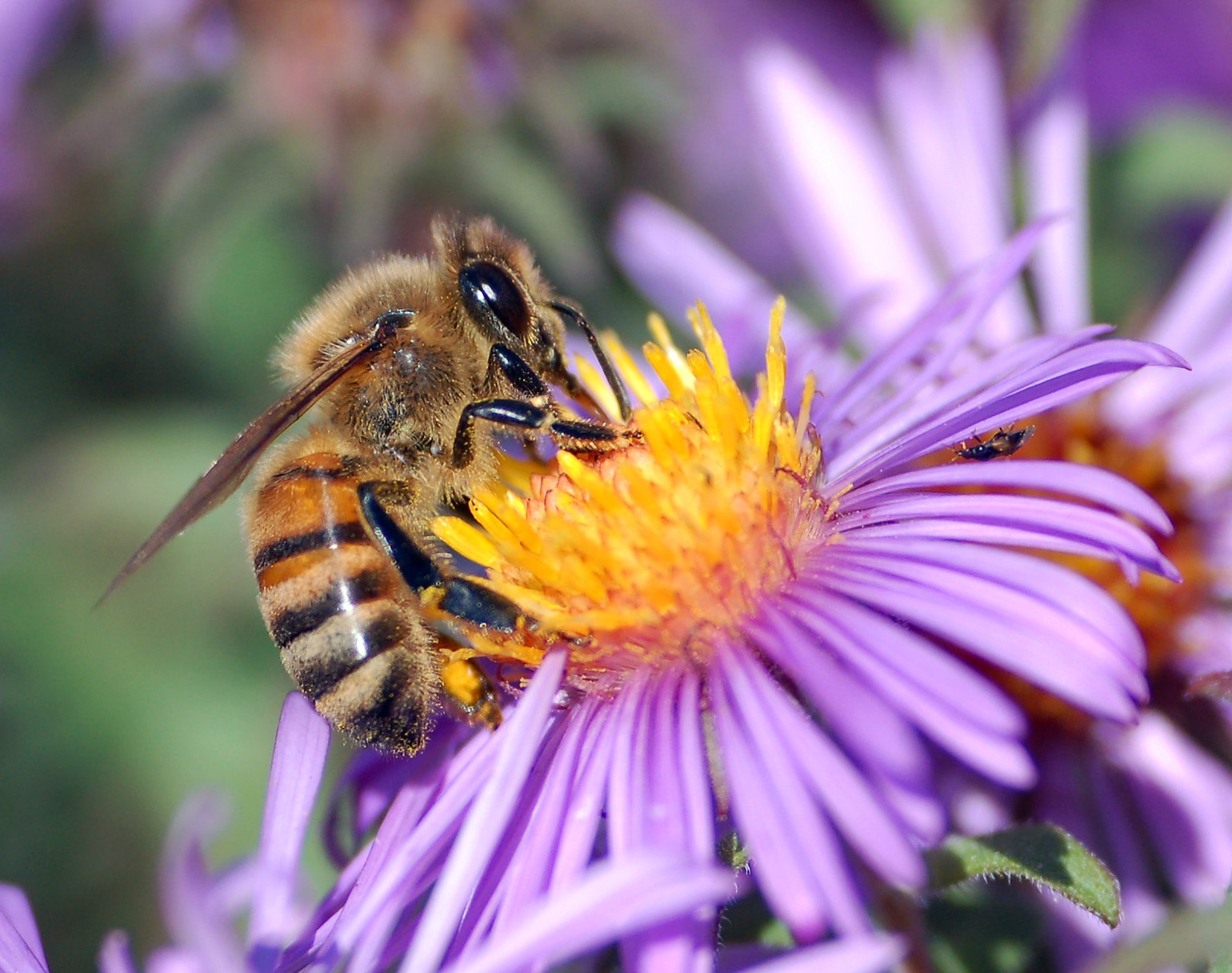
A honey bee displaying characteristic features: two pairs of wings, dense body hair, and pollen baskets on its hind legs - distinct markers that separate it from hoverfly mimics.
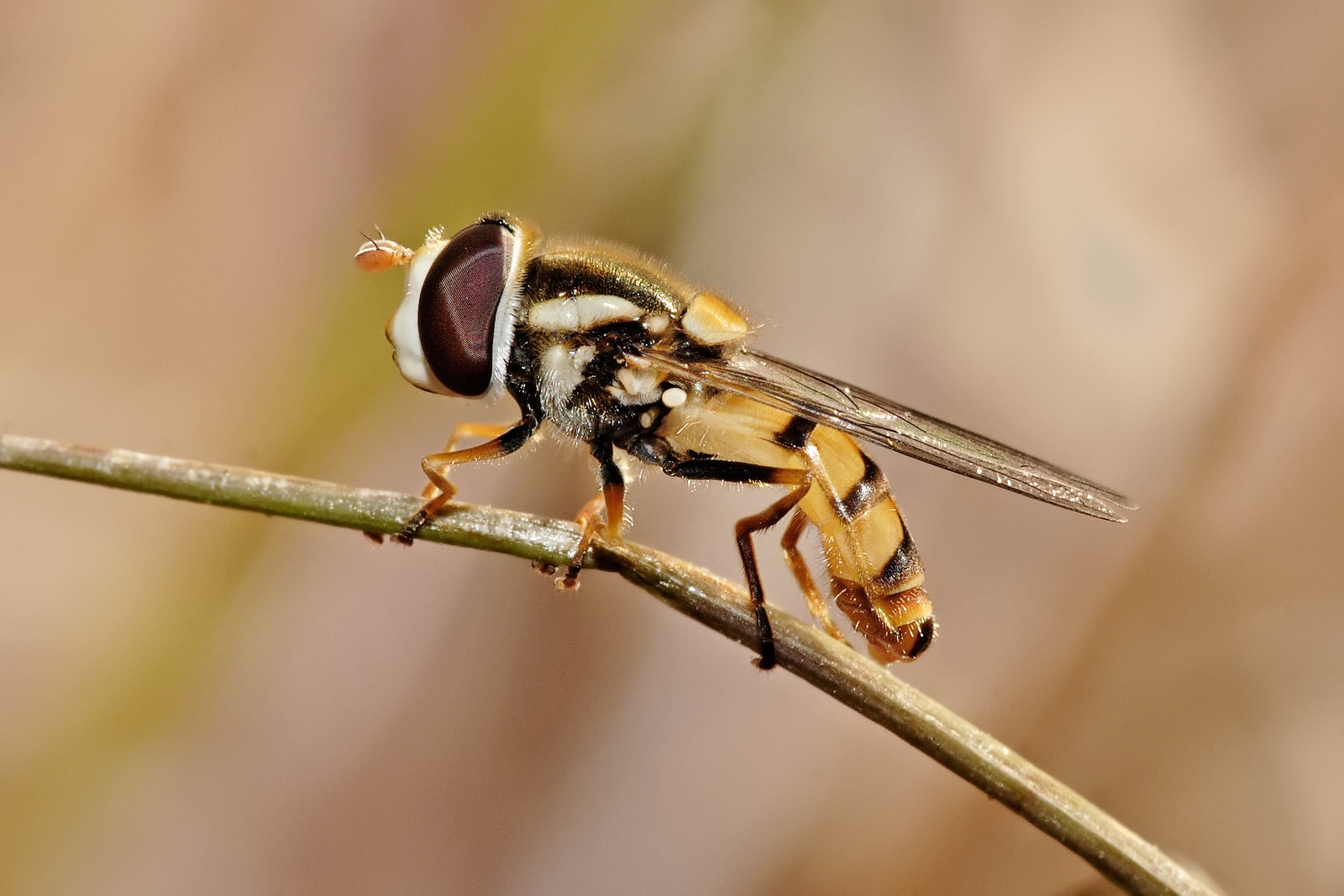
A hoverfly demonstrating its distinctive single pair of wings and large compound eyes - key features that distinguish it from bees despite its similar coloration.
Key Differences: Bee vs Hoverfly
| Feature | Bee | Hoverfly |
|---|---|---|
| Wings | Two pairs | Single pair |
| Antennae | Long, segmented | Short, stubby |
| Body Shape | Robust, hairy | Sleeker, less hairy |
| Flight Pattern | Direct flight paths | Hovers and darts |
| Size | 15mm average | 9-13mm average |
| Stinger | Present | Absent |
Physical Characteristics
Wing Structure
Bees possess two pairs of wings that hook together during flight, while hoverflies have just one pair of wings - a definitive characteristic of all true flies. The single pair of wings in hoverflies enables their distinctive hovering ability, which gives them their common name.
Body Structure
Bees feature robust, hairy bodies with distinct waists between thorax and abdomen. Their bodies are specialized for collecting pollen, with specially adapted hairs and pollen baskets on their hind legs. Hoverflies have smoother bodies with less pronounced segmentation and lack specialized pollen-collecting structures.
Behavior and Habits
Flight Patterns
One of the most reliable ways to distinguish between bees and hoverflies is their flight behavior. Bees fly in relatively straight lines between flowers, while hoverflies can hover motionless in mid-air and dart quickly in any direction - a feat impossible for bees.
Feeding Habits
While both insects visit flowers, their feeding mechanisms differ significantly. Bees possess specialized mouthparts (proboscis) for nectar collection and actively gather pollen. Hoverflies have sponging mouthparts and primarily feed on nectar, though they inadvertently assist in pollination while feeding.
Ecological Role
Pollination
Bees are primary pollinators, with specialized body structures for pollen collection and transfer. While hoverflies also contribute to pollination, they do so less efficiently as they lack specialized pollen-carrying structures. However, hoverflies compensate through their abundance and diverse habitat preferences.
Pest Control
Hoverflies offer an additional ecological benefit: their larvae are often predatory, feeding on aphids and other garden pests. Adult hoverflies feed solely on nectar and pollen, but a single hoverfly larva can consume up to 1,000 aphids during development.
Identification Tips
To definitively distinguish between bees and hoverflies, observe these key features:
- Wing count (bees: 4, hoverflies: 2)
- Flight pattern (direct vs hovering)
- Antennae length (long vs short)
- Body hairiness (fuzzy vs relatively smooth)
- Head size (proportional vs large eyes)
Conservation Importance
Both bees and hoverflies face similar environmental challenges, including habitat loss and pesticide exposure. Understanding the differences between these insects helps in creating appropriate conservation strategies for each group. Gardens can support both populations by:
- Planting diverse native flowers
- Avoiding pesticide use
- Maintaining undisturbed areas for nesting
- Providing shallow water sources
- Preserving natural hedgerows and wild patches
Through careful observation and understanding of these distinctive characteristics, anyone can learn to differentiate between bees and hoverflies, appreciating the unique roles each plays in maintaining healthy ecosystems.
